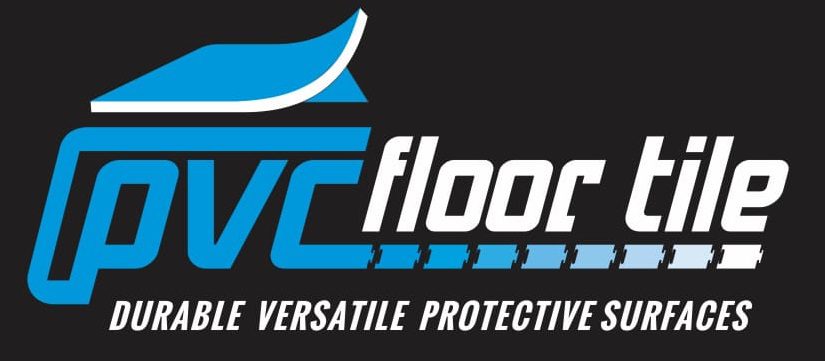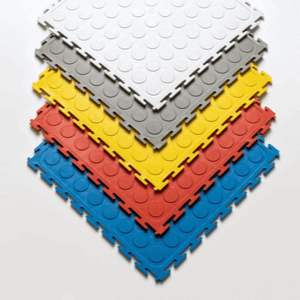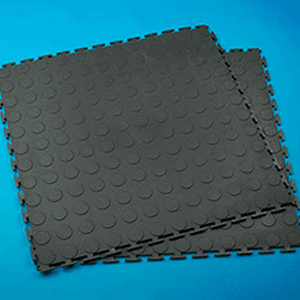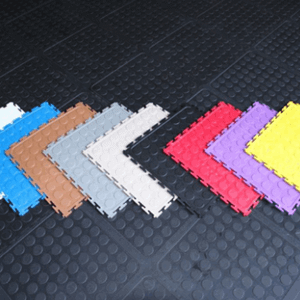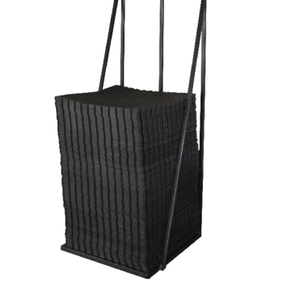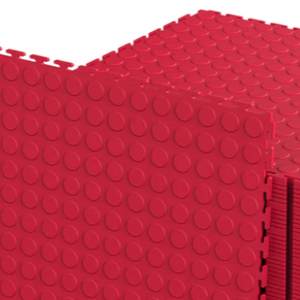Mastering Locking Floor Tiles: The Complete Guide to Multi-Lock Systems and More
When it comes to flooring solutions, Lock Floor Tiles have revolutionized the way we think about home and commercial spaces. Whether you’re renovating your home, upgrading your office, or designing a new space, Lock Floors offer a versatile, durable, and stylish option that’s hard to beat. In this comprehensive guide, we’ll dive deep into everything you need to know about Lock Floor Tiles, including their benefits, installation process, and why Multi-Lock Tiles are gaining popularity. By the end of this article, you’ll understand why Lock Floors are the go-to choice for modern flooring.
What Are Lock Floor Tiles?
Lock Floor Tiles are a type of interlocking flooring system designed for easy installation and durability. Unlike traditional flooring options that require adhesives, nails, or professional installation, Lock Floors feature a unique locking mechanism that allows the tiles to snap together seamlessly. This innovative design makes them a popular choice for DIY enthusiasts and professionals alike.
The term Lock Floor refers to the interlocking system that holds the tiles together, creating a stable and secure flooring surface. These tiles are available in a variety of materials, including vinyl, laminate, and even engineered wood, making them suitable for almost any space.
Why Choose Lock Floor Tiles?
Easy Installation
- One of the biggest advantages of Lock Floor Tiles is their ease of installation. The interlocking system eliminates the need for glue, nails, or specialized tools. Simply snap the tiles together, and you’re done! This makes Lock Floors an excellent choice for DIY projects.
Durability
- Lock Floor Tiles are designed to withstand heavy foot traffic, making them ideal for both residential and commercial spaces. Whether you’re installing them in a high-traffic area like a living room or a commercial space like a retail store, Lock Floors are built to last.
Versatility
- From modern designs to classic looks, Lock Floor Tiles come in a wide range of styles, colors, and textures. Whether you prefer the look of hardwood, stone, or tile, there’s a Lock Floor option to match your aesthetic.
Low Maintenance
- Unlike traditional flooring options that require regular polishing or sealing, Lock Floors are incredibly low maintenance. A simple sweep and mop are all you need to keep them looking brand new.
Types of Lock Floor Tiles
- PVC Lock Floor Tiles: Ideal for high-traffic areas due to their durability and resistance to chemicals.
- Rubber Lock Floor Tiles: Perfect for gyms and playgrounds, offering excellent shock absorption.
- Foam Lock Floor Tiles: Lightweight and cushioned, suitable for children’s play areas and yoga studios.
- Multi Lock Tiles: Designed for heavy-duty applications, providing extra stability and strength.
Vinyl Lock Floor Tiles
- Vinyl Lock Floors are a popular choice due to their affordability, durability, and water resistance. They are perfect for areas prone to moisture, such as kitchens, bathrooms, and basements.
Laminate Lock Floor Tiles
- Laminate Lock Floors offer the look of hardwood or stone without the high cost. They are scratch-resistant and easy to clean, making them ideal for homes with pets or children.
Engineered Wood Lock Floor Tiles
- For those who love the look of real wood, engineered wood Lock Floors are a great option. They combine the beauty of natural wood with the durability of a locking system.
How to Install Lock Floor Tiles
Steps for Installation
Step 1: Prepare the Subfloor
Ensure the subfloor is clean, dry, and level. Any imperfections in the subfloor can affect the installation and performance of your Lock Floors.
Step 2: Acclimate the Tiles
Allow the Lock Floor Tiles to acclimate to the room’s temperature and humidity for at least 48 hours before installation.
Step 3: Lay the Underlayment (if required)
Some Lock Floors require an underlayment for added cushioning and soundproofing. Check the manufacturer’s instructions to see if this step is necessary.
Step 4: Start Installing
Begin in one corner of the room and work your way across. Connect the tiles by aligning the locking mechanisms and pressing them together. Use a rubber mallet to ensure a tight fit.
Step 5: Trim and Finish
Once all the tiles are installed, trim any excess material around the edges and install baseboards or transition strips for a polished look.
Why Multi-Lock Tiles Are Gaining Popularity
Enhanced Stability
- The multi-directional locking system provides superior stability, reducing the risk of gaps or movement over time.
Faster Installation
- With Multi-Lock Tiles, you can install flooring in less time compared to traditional Lock Floors. The advanced locking mechanism allows for quicker and easier connections.
Versatility
- Multi-Lock Tiles are compatible with a wide range of materials, including vinyl, laminate, and engineered wood. This makes them a versatile option for any space.
Aesthetic Appeal
- The seamless installation of Multi-Lock Tiles creates a smooth, uniform surface that enhances the overall aesthetic of your space.
Tips for Maintaining Lock Floor Tiles
- Regular Cleaning: Sweep or vacuum regularly to remove dirt and debris. Use a damp mop for deeper cleaning.
- Avoid Harsh Chemicals: Stick to mild cleaning solutions to prevent damage to the tiles.
- Protect from Scratches: Use furniture pads to prevent scratches from heavy furniture.
- Address Spills Immediately: While Lock Floors are water-resistant, it’s still a good idea to clean up spills promptly to avoid potential damage.
Frequently Asked Questions About Lock Floor Tiles
Can Lock Floor Tiles be installed over existing flooring?
- Yes, Lock Floors can often be installed over existing flooring, provided the surface is level and in good condition.
Are Lock Floor Tiles suitable for bathrooms and kitchens?
- Absolutely! Vinyl Lock Floors are particularly well-suited for moisture-prone areas like bathrooms and kitchens.
How long do Lock Floor Tiles last?
- With proper care, Lock Floors can last anywhere for more than 5 years, depending on the material and usage
Can I install Lock Floor Tiles myself?
- Yes, the interlocking design makes Lock Floors a great option for DIY installation.
What’s the difference between Lock Floor Tiles and Multi-Lock Tiles?
- While both feature a locking mechanism, Multi-Lock Tiles offer enhanced stability and faster installation due to their multi-directional locking system.
Lock Floor Tiles are a game-changer in the world of flooring. Their ease of installation, durability, and versatility make them an excellent choice for any space. Whether you’re looking for a cost-effective solution for your home or a durable option for a commercial space, Lock Floors have you covered. And with the rise of Multi-Lock Tiles, you can enjoy even greater stability and aesthetic appeal.
If you’re ready to transform your space with Lock Floor Tiles, start exploring your options today. With so many styles, materials, and designs to choose from, you’re sure to find the perfect flooring solution for your needs.
